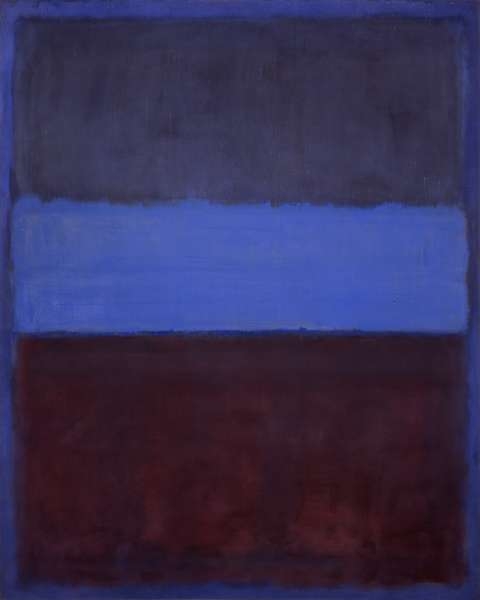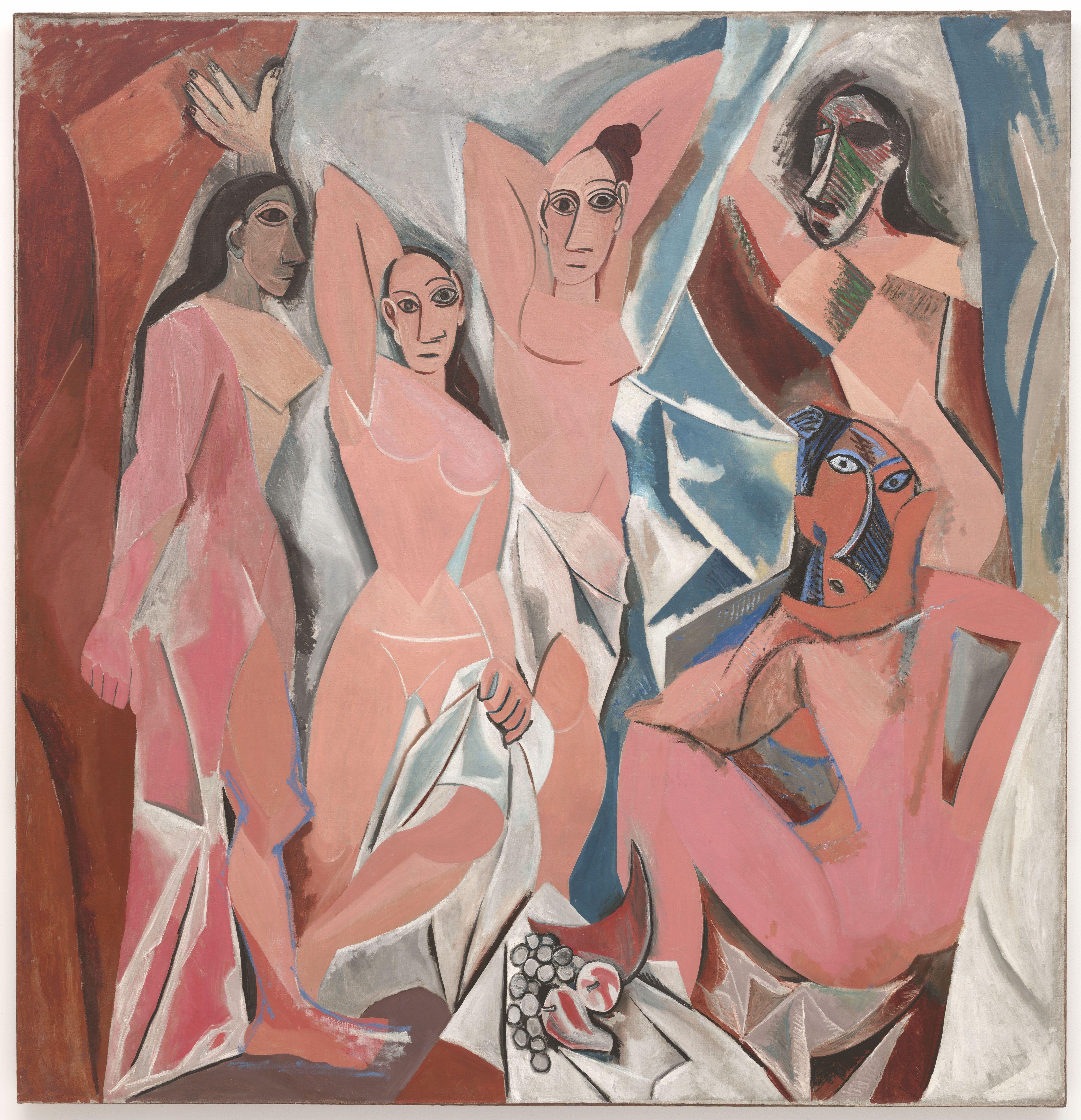(So I got really confused about the commenting and posting situation, so I’m writing my blog post portion separately from my comment. I’m in the Blog B group.)
When Nureen and I walked through the MoMA’s collection of Surrealist artwork, the first one that really caught my attention and stuck out to me was Joan Miro’s “The Birth of the World.” Sure, I wanted to see Dali’s work and Magritte’s “The False Mirror,” but they didn’t capture my attention the way Miro’s painting did. I didn’t understand it, but reading the plaque opened my eyes more to what the painting was and what it was about. I still don’t have a very clear idea, but I just found it so fascinating. To be honest, it’s now one of my favorite paintings because there are so many layers to it that I didn’t know about before. The geometric shapes are drawn without context on the large canvas, which was prepared for the purpose of allowing Miro to more effectively display his subconscious thoughts, which characterizes the movement.
I was originally very unsure about which other painting to write about in my essay. Originally, I was going to use Monet’s “Agapanthus,” but I found it difficult to use it to talk about the aspects of Miro’s painting that I wanted to discuss–mainly his use of paint and his depiction/view of the world. I then remembered Georges-Pierre Seurat’s “Evening, Honfleur,” a classic example of his use of pointillism. Though Seurat and Miro had very different painting styles, they used their unique styles to depict their view of the world. Whereas Miro believed in seeing reality through the subconscious mind, Seurat saw the beauty that makes up the world. It isn’t always easy to see the whole picture, but when we do, we see how beautiful it is. Up close, paintings utilizing pointillism look random and incomplete. You can’t tell what you’re looking at because the image is broken up into small pieces. Only from afar can you piece together the image and see the whole picture come together. This has always fascinated me, from the first time I saw a pointillism painting until now. Thus, though the two paintings and artists are very different, I wanted to discuss how they use their styles to show different views of the world.
Jessica Sun (Blog B)
The Birth of the World: http://www.moma.org/collection/works/79321
Evening, Honfleur: http://www.moma.org/collection/works/79333?locale=en









